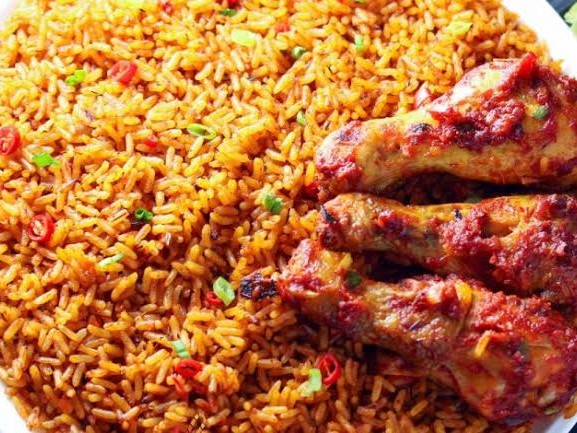Share this!
Cassava: Africa's Most Versatile Staple

Cassava is Africa’s most versatile staple. In Africa, a wide variety of cassava based dishes are consumed. Even the waste gotten from cassava processing can be recycled into animal feed, glue, and ingredients for pharmaceuticals.
Cassava is a woody shrub that is mainly cultivated for its edible starchy root. A native to South America, cassava was introduced to Africa in the 16th Century by Portuguese traders. Since then cassava has grown to become a staple food for most African countries.
Apart from its versatility, cassava is relatively easy to grow. It thrives on poor soils with low rainfall. It is also a perennial crop with a wide harvesting window. Its non seasonal nature makes it a resourceful crop to cultivate. Currently, Nigeria remains the largest producer of cassava.
So what makes cassava versatile? The reason is obvious. Unlike other staple foods, there are lots of cassava based dishes eaten in Africa.
Garri
Garri is also known as fried cassava. Garri is made from cassava that is grated, fermented and fried to a dry texture. Usually palm oil is added to the garri to make it yellow.
There are different textures and flavours of garri available in West Africa, and they all differ according to the fermenting and frying process. Garri can be soaked in water and eaten with groundnuts and sugar as a snack. Most importantly garri is used to make eba, a common swallow for most African soups.
Fufu
Fufu is another popular cassava based food. Fufu is made from fermented cassava tubers that is cooked and pounded into a pulp. Fufu is used to eat traditional soups. This dish is commonly eaten in West African counties like Nigeria, Ghana, Togo and Sierra Leone.
Starch
Starch is a by product of the garri making process. Starch is used as a strong adhesive. However in Nigeria, the Urhobos in Delta state make starch as food which is eaten with a favourite local dish, Banga soup.
Tapioca
Tapioca is a tasteless starch gotten from cassava. Tapioca is used as food thickener, and also made into cassava flour to make bread and biscuits. Tapioca is used to make creamy pudding.
Abacha
Abacha is a popular delicacy amongst the Igbos. Abacha is made from grated and fermented cassava tubers. Abacha is used to make delicious African salad which is made with abacha, spicy oil bean seeds, bitter herbs, pepper, palm nut oil and lots of assorted meat.
Cassava Flour
Cassava is made from cut and fermented tubers that are left to dry. After drying, the tubers are ground into powder to form a smooth white flour. In Uganda, the cassava can be ground with sorghum and millet.
Cassava flour is used to make bread, biscuits and pudding. The pudding is made with hot water and served as a main dish with local soups.
Cassava Chips
Cassava varieties with lesser cyanide content are diced, salted and fried to make cassava chips. Cassava chips are tasty, nutritious and eaten as snacks.
In Nigeria cassava chips, also known as bobozee and abacha mmiri is made from cassava tubers that are boiled, fermented and sliced into thin dices. This delicacy is eaten with groundnuts and coconuts.
Cassava Leaves
Cassava leaves are eaten by most African countries. In Nigeria, cassava leaves are soaked for long periods and thoroughly boiled before they are used as vegetables for stews and sauces. In Congo, cassava leaves are washed with hot water, pounded and boiled. The leaves are used to make sauces that are eaten with rice, plantain or fufu. In Uganda, cassava leaves are eaten as a special delicacy called pandu.
Cassava Beer
In 2011, a company in Mozambique began producing it’s first cassava brewed beer. Cassava beer used to be a locally brewed beer until the company began to make and distribute it internationally. Cassava beer is also brewed in other countries like Nigeria, Ghana, Congo and Uganda.
Food Additives
Processed cassava is used in confectionary and food industry to make food additives like monosodium glutamate which is used as a seasoning. Cassava is also used to make caramel, a food coloring used in beverages.
Commercial Sugar
Because of the high starch content, cassava is processed to make dextrose and glucose syrups used in making jams, canned fruits and confectionaries like sweets and jelly beans.
Non-Food Derivatives of Cassava
Cassava is used to make glue, animal feeds, paint, dextrin, laundry starch, biofuel, paper and furniture. Cassava is also used in the textile industry and furniture making industry.
The versatility of cassava is inspiring. It represents all that Africa stands for; resourcefulness, versatility and strength.



